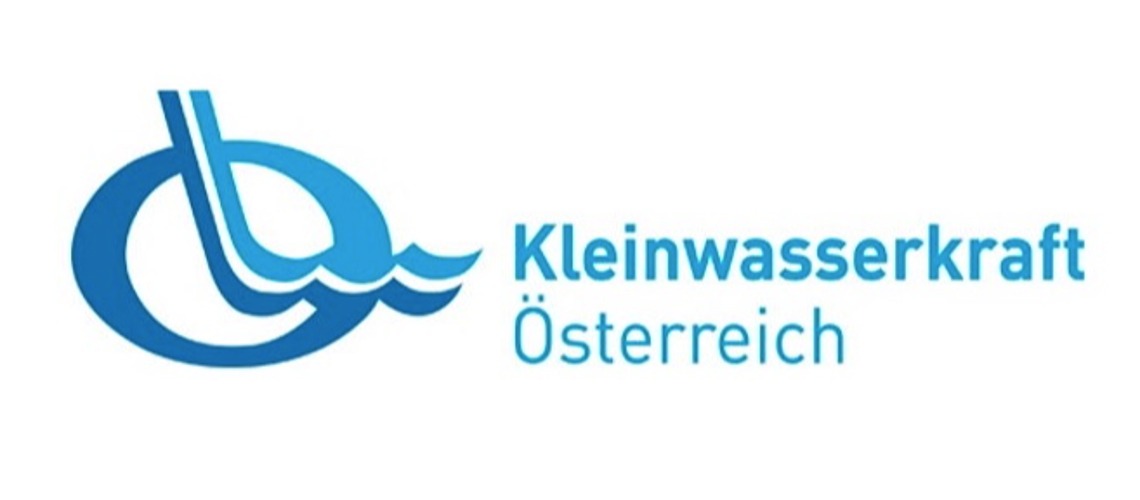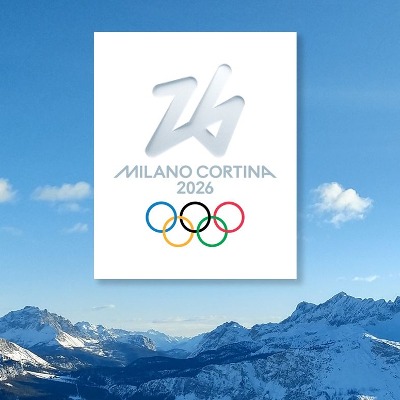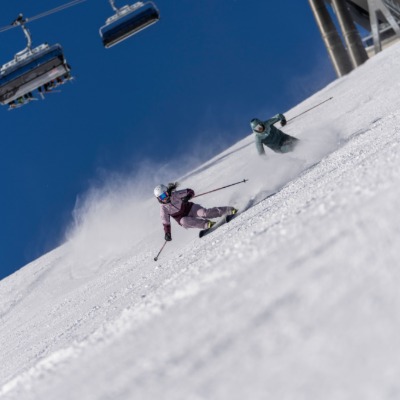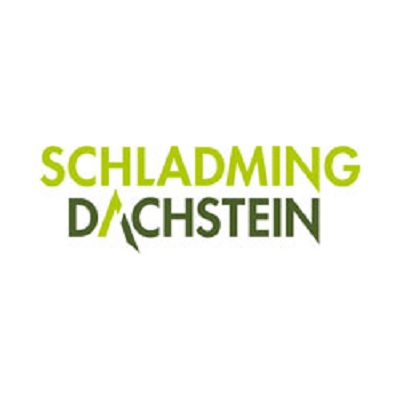Austrian Small Hydropower Association Sees Untapped potential In Snowmaking Ponds

New ideas are needed. A year full of delays and failures in the renewable energy sector is coming to an end.
The energy balance of snowmaking could be better if the potential of the artificial reservoirs required for artificial snow production were also used to generate and store electricity. In times of climate change, this is an ecological necessity, as the KleinwasserkraftÖsterreich association believes. “The expansion of small hydropower has essentially come to a standstill in Austria, although there are more than enough ecologically compatible projects,” adds Paul Ablinger, Managing Director of Small Hydropower Austria. New approaches are needed. There are hundreds of artificial lakes that are used to produce artificial snow. The essential infrastructure for electricity generation is already in place there: “Not only winter sports, but also other areas could become more ecological,” says the expert.
This is what the climate year in Austria was really like
Small hydropower Austria is sounding the alarm: The year 2023, which was considered a turning point for renewable energies in Austria, was marked by significant delays and omissions in the area of small hydropower. The announced Renewable Energy Expansion Acceleration Act (EABG) is missing, as is the national implementation of crucial EU regulations and guidelines. In addition, hydropower was briefly removed from the EABG's portfolio. Austria is in default in the area of small hydropower both in the EU emergency regulation and in the implementation of the RED III directive and there is a risk of infringement proceedings in the case of RED III if the mandatory implementation of the “overriding public interest” in systems for the production of renewable electricity is not implemented be implemented by February 21, 2024. From the perspective of small hydropower, Austria's energy independence is being put at risk. Existing small hydropower potential, such as the artificial lakes built next to the ski slopes for snowmaking, are not included in the energy strategy.
Despite the need for the expansion of hydropower by an additional five terawatt hours by 2030 as set out in the National Energy and Climate Plan (NEKP), there is a lack of planning and financing security for new small hydropower projects. The promotion of hydropower, which should actually be regulated by the Renewable Energy Expansion Act (EAG), remains inadequate. “The duration of the process for new projects is completely unpredictable; the economic planning is not consistent with the logic of entrepreneurial and commercial due diligence,” says Ablinger.
“The Austrian government and the federal states are urgently called upon to assume their responsibility for security of supply and network expansion by considering innovative solutions such as the use of existing artificial storage lakes,” says Ablinger. Grid relief and efficient energy storage are a basic requirement for the energy transition. It is therefore important to strengthen small hydropower. Long overdue laws and regulations need to be enacted to accelerate the expansion of renewable energies, especially small hydropower. “It is important to ensure economic attractiveness by valorizing the assets to be invested and to establish a clear, timely approval process for new projects. The announcements must finally be followed by actions in order to achieve the goals of the energy transition and pave a sustainable, secure energy path for Austria's future. This means that important additional impulses can be provided for the local economy through a secure, inexpensive power supply and extensive investment with almost one hundred percent local added value. Small hydropower expansion is about securing the location,” concludes Paul Ablinger.














